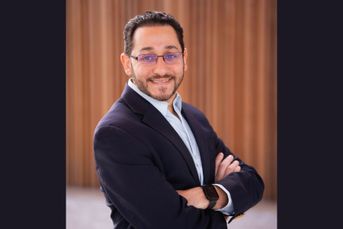Racial divides in retirement readiness exposed in new report

Survey data point to demographic disparities in retirement savings, confidence, and awareness.
Despite similar aspirations for retirement across all demographics, significant disparities in readiness and savings underscore a looming crisis, according to the findings from the TIAA Institute’s latest State of Financial Preparedness report.
The research, which looks at the retirement planning attitudes and behaviors of different racial and ethnic groups, shows a broad consensus on the importance of retirement savings, with two-thirds (67%) of Americans having set aside some funds in retirement accounts. However, a concerning lack of awareness about these savings – with nearly a quarter of Americans saying they’re unsure of their retirement account balances – points to potential pitfalls in retirement planning.
Racial and ethnic disparities are pronounced, with more than seven-tenths of white (76%) and Asian American/Pacific Islander respondents (71%) owning retirement accounts, compared to just about half for Black (49%) and Hispanic (52%) Americans.
That gap extends to confidence levels about retiring as planned, with fewer than half (47%) of those not yet retired feeling either “very” or “somewhat” confident about their retirement timelines. Hispanic Americans and younger adults between the ages of 22 and 34 exhibit the lowest confidence, both at 37%.
The disparities were even more pronounced when it comes to amounts saved for retirement. Approximately 30% of white and Asian American/Pacific Islanders report having saved at least $250,000, nearly double the portion of Hispanic (17%) and Black Americans (16%).
Moreover, a quarter of Black Americans (26%) anticipate they’ll need paid employment to manage financially during their retirement, significantly higher than other groups.
“We’ve long talked about retiring inequality, but this new data does more to identify gaps, challenges, and opportunities,” said Surya Kolluri, head of the TIAA Institute. “If most people are planning for retirement but can’t follow their plans, that’s a call to action for employers, policymakers, financial advisors, retirement services providers and others.”
The institute also found a concerning gap in wealth, with Americans overall being more than twice as likely to say they have less than $50,000 (44%) in liquid, investible assets as they are to have set aside at least $500,000 (19%).
A concerning number of Americans also face a bleak future, with 15% of survey respondents – including 26% of both Black and Native American respondents, and 25% of Hispanic Americans – reporting that they have no liquid investible assets whatsoever.
“While we see progress in some areas, our research will continue to provide deeper insight on many of the demographics that make America diverse,” Kolluri said. “That granular data will give fresh perspective, deeply informing the efforts underway to address our nation’s retirement crisis.”
Here’s how Fed rate cuts will affect housing
Learn more about reprints and licensing for this article.








